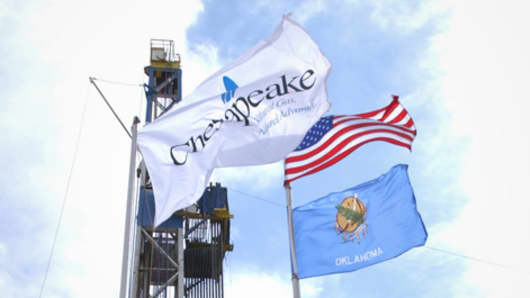As you can see from the chart, there was little connection between increased CEO pay and company performance last year. Look at Chesapeake Energy's Robert Lawler: His compensation rose 5 percent to a total of $15.4 million as the company's stock fell 76 percent over the year. Avon's Sherilyn McCoy saw her compensation rise 28 percent even as the company' stock gave back 54 percent.
On the other hand, increased compensation can be directly connected to rising company value. The top spot in terms of total compensation and increase over 2014 was taken by Expedia chief Dara Khosrowshahi, who raked in $94.6 million, largely in stock options.
"This is a great example of a pay-for-performance CEO compensation plan," an Expedia spokesperson told the AP. "He's really led the company in a turnaround." The company's stock returned 47 percent last year, beating its own five-year compound annual growth rate (CAGR) of 34 percent. The S&P 500 index was down 2 percent in 2015.
Nearly all of Khosrowshahi's compensation came through $90.8 million in stock options, which are part of a employment agreement and vest over a number of years. Only $3.8 million of his total came from his base salary, cash and bonuses.
These vesting equity components are a common a part of CEOs' compensation, and perhaps that's a good thing. Research from a 2014 joint study between scholars at the University of Utah, Purdue University and the University of Cambridge showed that CEO pay was negatively correlated with future stock returns for up to three years. The researchers found that firms with CEOs in the top ten percent of excess pay showed negative returns of about -8 percent.
Overall, stock options made up 20 percent of the top 200 CEO's compensation packages in 2015, just less than the same figure for 2014. Cash and bonuses, meanwhile, were up to 7.3 percent.






